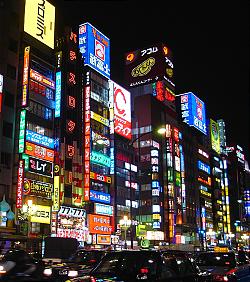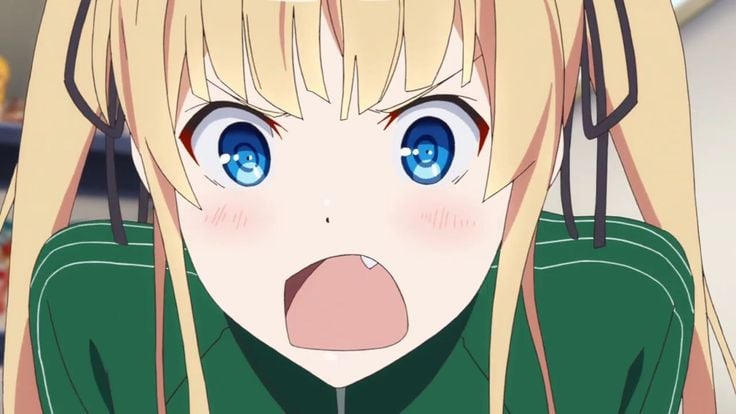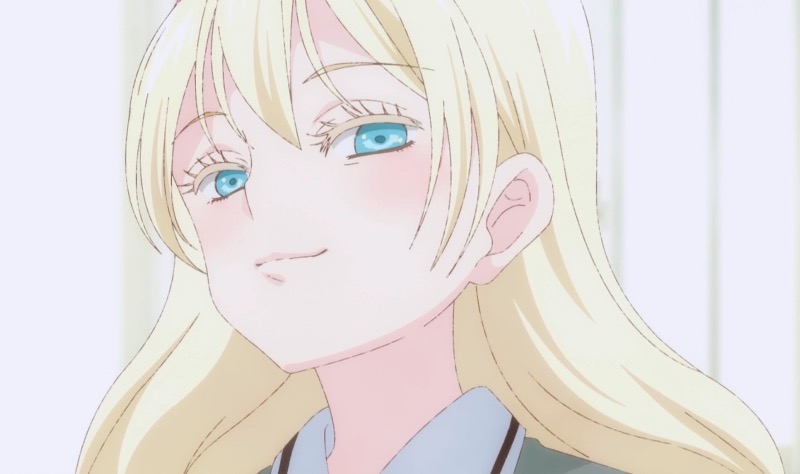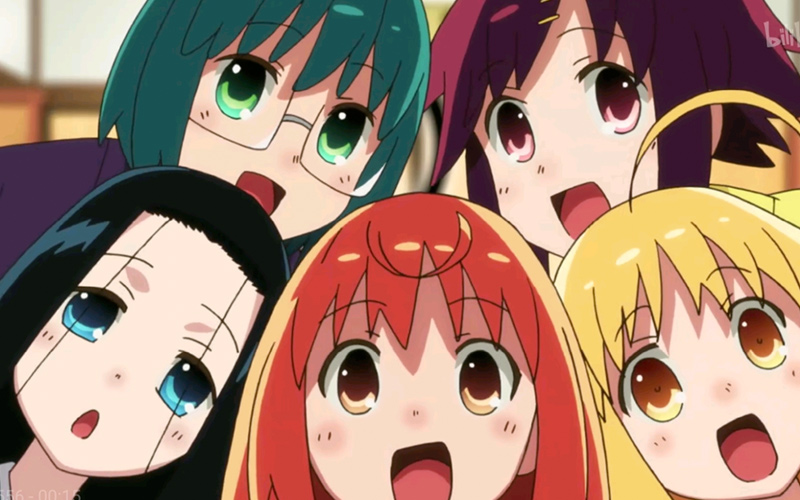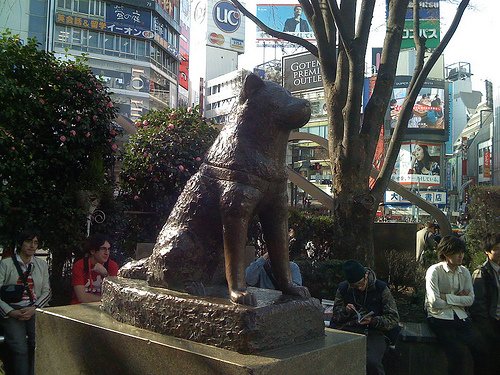There are many good things about living in Japan. For one thing, it’s a world of potentially endless mystery, where stepping out your front door can be an experience worthy of Lost in Translation, potentially confusing but in a wonderful way. Many Japanese are obsessive about their own particular hobbies, and if you have a passion for, say, anime, doujinshi, martial arts or building robots, you’ll probably find like-minded people who understand where you’re coming from here. Gaijin in Japan certainly stand out a lot, which can be good or bad, depending on whether you’re talking about school kids staring at you as if you were a yeti or waking up to find a girl’s phone number scrawled on a chopstick wrapper from last night. Yet like any other country, Japan is not without its imperfections. Japan is a kanji country, and you never know for sure which road signs or train maps will feature English, making it a challenge to do certain things here if you don’t read Japanese (although picking up reading skills is honestly not that difficult). Another downside is allergy season, thanks to the visionary Ministry of Agriculture, Forestry and Fisheries, which decided that it’d be a great idea to standardize on exactly one type of tree for forestry in Japan, the sugi or Japan Cedar. When these trees start to pollinate, millions of Japanese come down with terrible hayfever. It gets so bad there are actually “pollen forecasts” on TV to tell you when it’s safe to go outside or hang clothes out to dry. Right now we’ve got a double-whammy of cedar pollen and kohsa, the “yellow sand” that blows over from China, making it impossible to keep your car clean.
